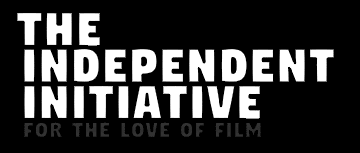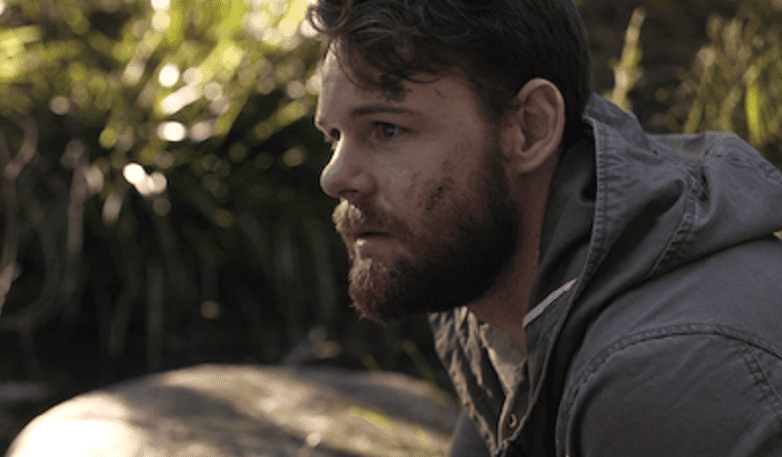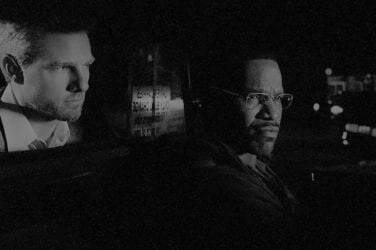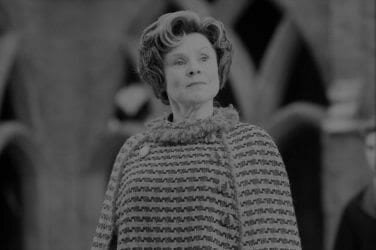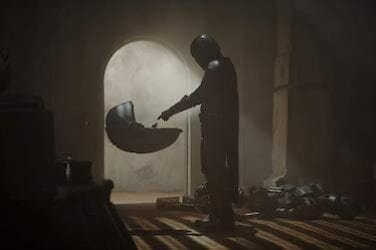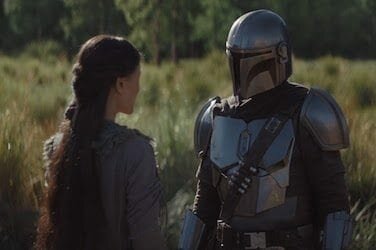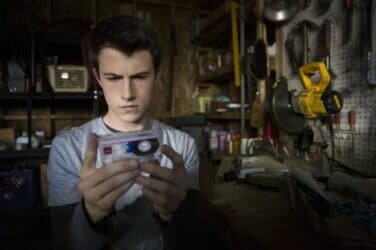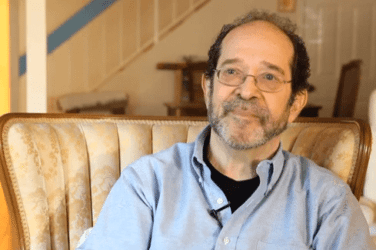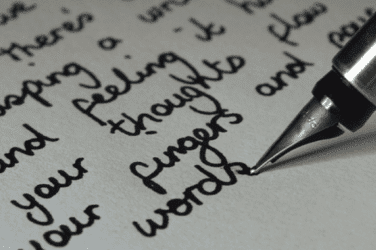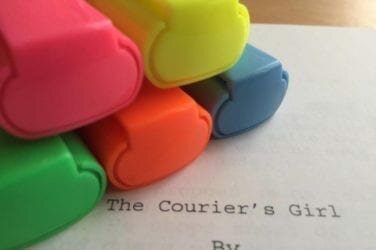Hello, again my fellow independent filmmakers and welcome to Part 2 on Adapting An Indie Screenplay Into A Novel. In Part 1 we took a look at where to start, and now we’re going to take a look at how to end. So pull up a chair, lean in, and let’s finish this! (see what I did there? No, just me, ok, moving right along …)
You’ve written the novelisation! Congratulations!!! It’s now time for a quick celebration. It’s always important to celebrate every milestone before you get back to it. So grab a few friends, go out on the town, and have a laugh.
WHERE TO END
Once the first draft of Out Of The Woods was done, I let it breathe – meaning I walked away from the novel for about a week. When I sat back down to polish and edit it, it was with fresh eyes. This helps you find holes in the story’s dialogue, character thoughts, etc.
After another pass through the whole book, I asked a few friends to take a look. Not just any friends, but other writers. The official term is ‘beta readers’ – people who read through the novel with a fine tooth comb looking for inconsistencies, errors, and plot holes. It’s like the next best thing to an editor, at least in my experience.
Once this was done, I went back to work editing the novelisation. I also took it to a writing retreat where I sat with an editor/publisher to get their feedback on the work. When they gently closed it and asked that we look at my personal novel instead, I knew I still needed to fix a lot. So back to the editing I did go.
Editing a novel is just as long and lengthy as post-production for an independent film. It’s that “last looks” to sharpen and strengthen and beautify everything you can. Think of everything that goes into post. You’ve got to edit the film and lock it, you’ve got to edit the audio, get actors back in for ADR, color correct the shots, add ambiance and foley, work with a composer and nail down a soundtrack, and SO much more. It’s the same thing with a novel. Only all that “ADR”, “color correction”, and “ambiance” have to be corrected with the change of a word or two or ten.
And I for one have really learned a lot from this experience. I think that may be the biggest secret to pushing through the edit, stay as teachable as possible and grow from it.
After another grueling edit, where I chopped and cut like a madwoman, I took it to another writer/editor who sang its praises. (Boy, was that a good feeling.)
But that’s still not the end. I’d taken the story as far as I possibly could, it was finally time to hire an editor. This is not a cheap endeavour. Many editors charge by the word count, anywhere from $0.01 to $0.15 or more, which doesn’t sound like a lot initially but if you’ve got a book with over 90K words, you can imagine how pricey that’s gonna be! ($900 – $13,500 for those of you who don’t want to math.)
And you also want to find someone who’s going to be a good fit with your story. Many editors have a niche or what they enjoy editing, so it’s kinda like finding a new friend who’s not afraid to tear your art apart.
Once you get it back from the editor, it’s time for another pass. Ultimately, it’s your choice on what you’re going to accept as corrections and what you want to disregard, but keep in mind that they can see the story in a way that you can’t. We’re too close to the work sometimes, so when in doubt, trust the editor.
After everything is finalised with the edit, it’s time to decide if you’re going to indie publish your novel on a platform like Amazon or if you’re going to publish it traditionally. Which we’ll take a look at in Part 3.
So have you decided which film you want to novelise yet? Have you started writing it? How’s the process going? We love hearing from our independent film community so feel free to leave a comment on your progress, let’s support one another!


